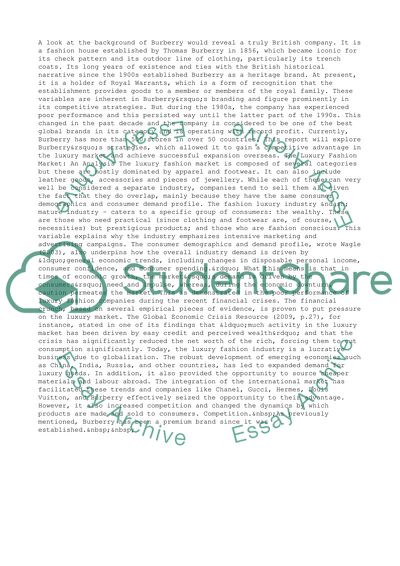Cite this document
(“International Business Strategy Essay Example | Topics and Well Written Essays - 1750 words”, n.d.)
Retrieved from https://studentshare.org/business/1468322-international-business-strategy
Retrieved from https://studentshare.org/business/1468322-international-business-strategy
(International Business Strategy Essay Example | Topics and Well Written Essays - 1750 Words)
https://studentshare.org/business/1468322-international-business-strategy.
https://studentshare.org/business/1468322-international-business-strategy.
“International Business Strategy Essay Example | Topics and Well Written Essays - 1750 Words”, n.d. https://studentshare.org/business/1468322-international-business-strategy.


